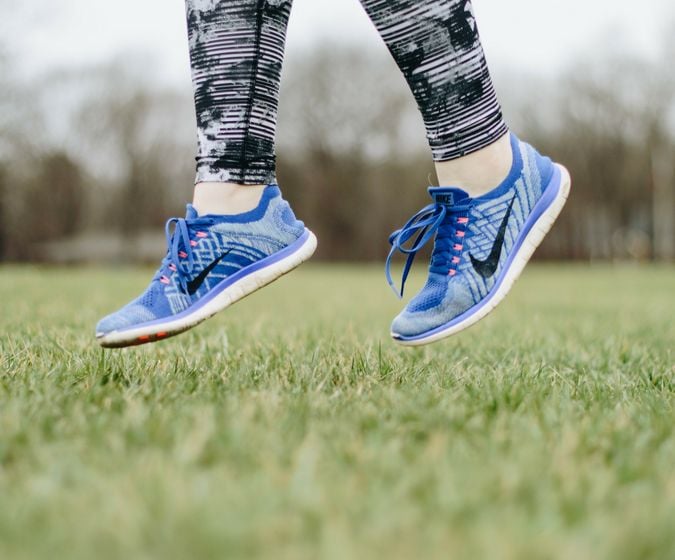By Dr Adam Simon
Tennis Elbow: What’s Is It And How Do I Treat It?
While you'd be forgiven for associating tennis elbow with sport, we're here to explain how this repetitive strain injury can actually affect anyone.
For many people, it simply wouldn't be a British summer without a spot of tennis. With Wimbledon just around the corner, you might be tempted to brush up on your backhand and hit the courts for a set or three.
Of course, while it's good exercise and lots of fun, it's important not to over-exert yourself. One of the injuries many people associate with the game is tennis elbow - even if it's just as an excuse to avoid playing a stronger opponent!
While it can certainly be painful, is it fair to point the finger of blame for this injury at tennis? Let's find out.
What's Tennis Elbow?
It's what's known as a repetitive strain injury (RSI). Simply put, if you repeatedly perform the same action over a prolonged period, this puts pressure on any joints, tendons and muscles you use. Sooner or later, your body will start protesting.
Tennis elbow occurs when the muscles and tendons in your forearm are put under too much strain. This causes the tendons around your outer elbow to become inflamed, or even slightly torn.
This results in pain or discomfort when you try and bend your arm, clench your fist or perform simple, everyday tasks, such as picking things up, writing and opening anything from bottles and jars to doors and windows.
Despite its name, the pain might not be limited to your elbow and can be noticeable anywhere in your forearm or hand.
Is It Anything To Do With Tennis?
Not necessarily. Playing tennis is just one of many activities that causes tennis elbow and it's reportedly only responsible in around five per cent of cases.
In fact, there's even been some suggestion that poor tennis technique is more likely to result in tennis elbow than if you play the game well. It's thought that not hitting your shots properly puts even more pressure on your forearm - in particular the backhand, for which you should hold your wrist firm and straight. In other words, it might be time to sign up for some coaching lessons!
But if tennis isn't to blame, what is? As with many RSIs, the answer can often be traced back to your job. If your day-to-day tasks involve repeated actions such as these, you're at risk of developing tennis elbow:
- Lifting
- Painting and decorating
- Chopping
- Sawing
- Gardening
- Plumbing
- Typing
It's thought to be more common in people over 40, but it can strike people of any age.
What's the Treatment For Tennis Elbow?
As an RSI is caused by repeating the same action a lot, it won't surprise you to learn that the best treatment is to stop performing that action. This should mean the problem goes away on its own.
Of course, if your tennis elbow is caused by your job, this isn't necessarily the most practical solution. That said, this certainly doesn't mean you should suffer in silence. Tennis elbow will typically last anything from six months to two years, so it's important you speak to a doctor and deal with your symptoms.
You can use painkillers as a short-term solution, while an ice pack over your elbow will also help reduce the discomfort. If your symptoms show no signs of improving, a doctor might recommend physiotherapy or painkilling injections.
Join the Conversation
Have you suffered from tennis elbow in the past? Why not share your experiences with others on our Facebook page?
If you think you might be suffering from any RSI, including tennis elbow, book a consultation with one of our doctors today to discuss your symptoms.

